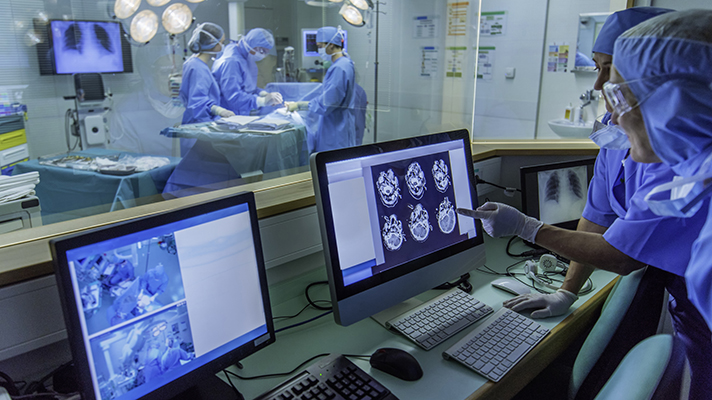
Innovations in Hospital Installations: Enhancing Patient Care and Safety
Hospitals play a crucial role in providing healthcare services to individuals in need, and the quality of patient care is heavily influenced by the efficiency and effectiveness of hospital installations. In recent years, advancements in technology and design have led to significant improvements in hospital Générateur d’oxygène installations, contributing to better patient outcomes, enhanced safety, and overall operational efficiency.
- Smart Patient Rooms:
One of the notable advancements in hospital installations is the development of smart patient rooms. These rooms are equipped with cutting-edge technology to improve the overall patient experience. Smart beds, for instance, can automatically adjust positions to prevent bedsores and enhance patient comfort. Integrated systems allow patients to control lighting, temperature, and entertainment options through a user-friendly interface, promoting a more personalized and comfortable healing environment.
- Telemedicine Integration:
The rise of telemedicine has transformed the way healthcare is delivered, and hospitals are incorporating telemedicine installations to facilitate remote consultations. These installations include high-quality cameras, audio systems, and communication tools that enable healthcare professionals to connect with patients virtually. This not only expands access to healthcare services but also minimizes the risk of infectious disease transmission within the hospital setting.
- Robotic Surgical Systems:
Advancements in medical technology have given rise to robotic surgical systems, revolutionizing the field of surgery. These installations allow surgeons to perform minimally invasive procedures with precision and control. The use of robotic systems in surgery often results in smaller incisions, reduced recovery times, and improved outcomes for patients. Hospitals investing in robotic surgical installations are at the forefront of modern healthcare practices.
- Advanced Imaging and Diagnostics:
Diagnostic capabilities in hospitals have been greatly enhanced by state-of-the-art imaging technologies. High-resolution imaging equipment, such as MRI and CT scanners, provide detailed insights into the patient’s condition, enabling more accurate diagnoses. Additionally, the integration of artificial intelligence algorithms with imaging systems helps in the early detection of diseases, leading to timely interventions and improved prognosis.
- Energy-Efficient Infrastructure:
As sustainability becomes a key focus across industries, hospitals are adopting energy-efficient installations to reduce their environmental footprint. Energy-efficient lighting, HVAC systems, and renewable energy sources contribute to lowering operational costs and promoting a greener healthcare environment. These installations not only benefit the hospital’s bottom line but also align with broader global efforts to address climate change.
Conclusion:
In conclusion, the ongoing advancements in hospital installations are transforming the healthcare landscape, improving patient care, and enhancing overall efficiency. From smart patient rooms to robotic surgical systems, these innovations contribute to a more patient-centric approach, allowing healthcare providers to deliver high-quality services while prioritizing safety and sustainability.